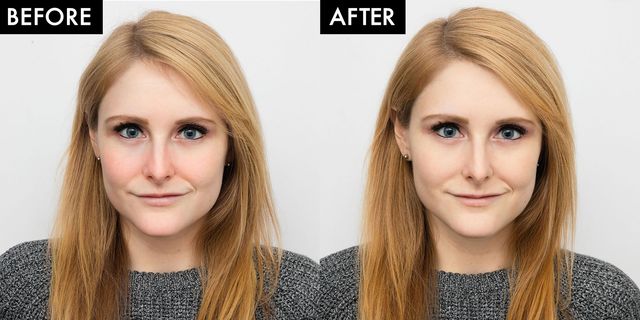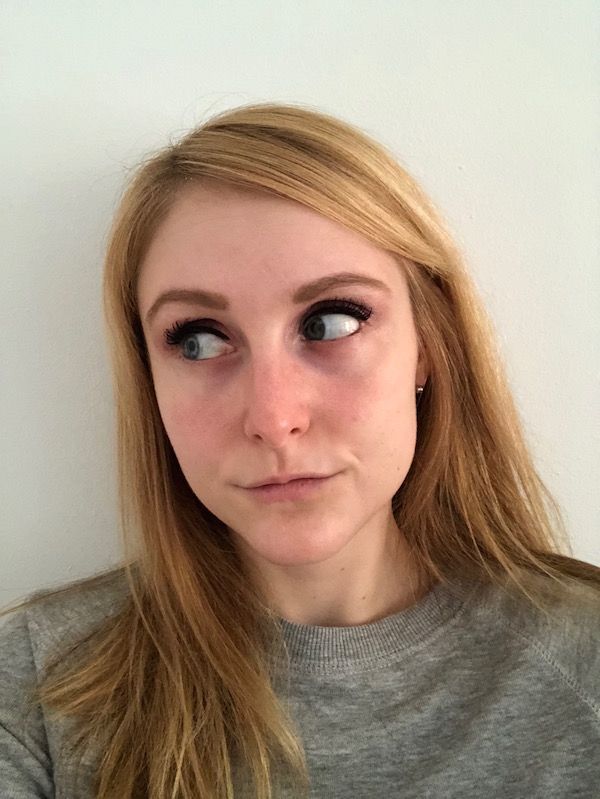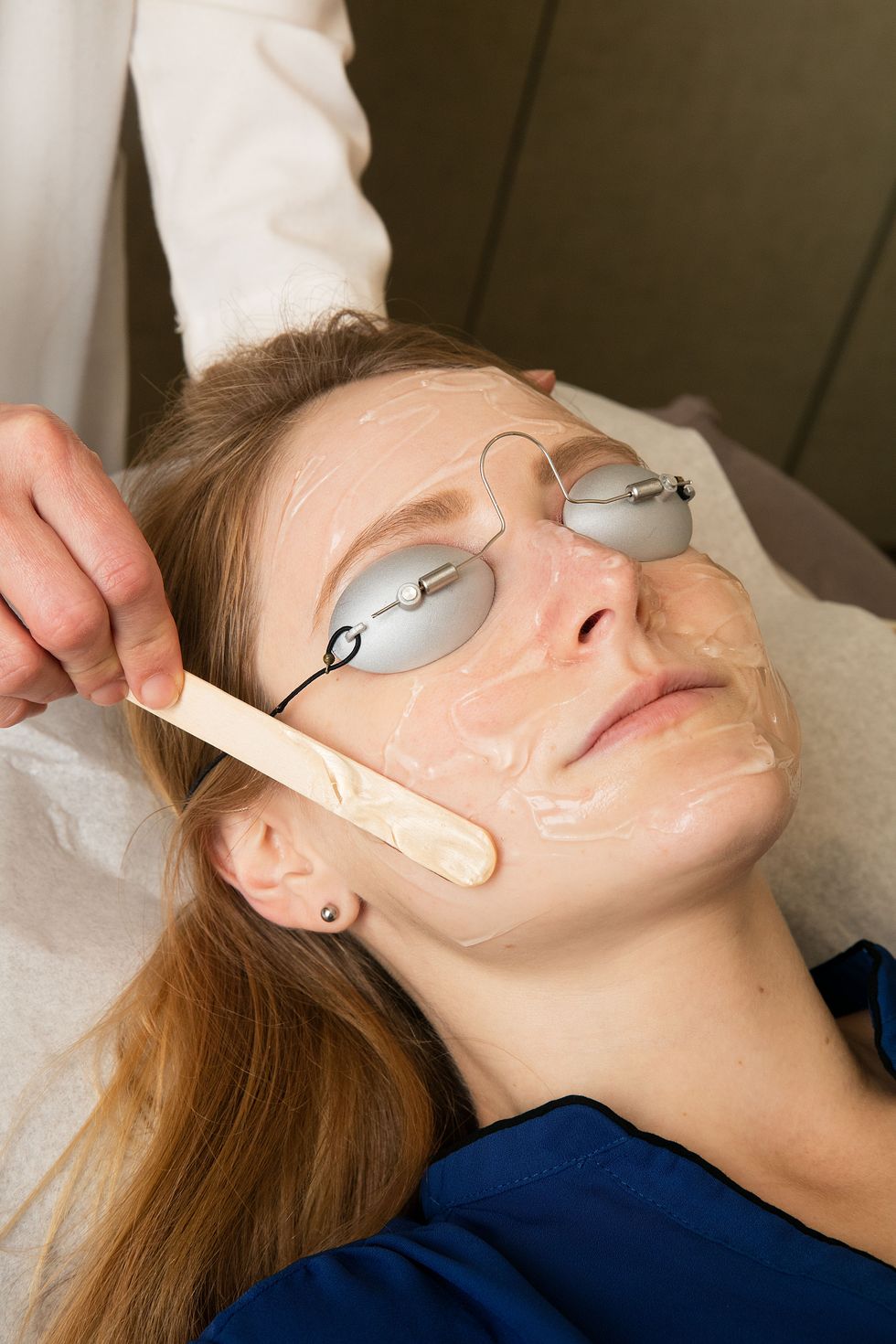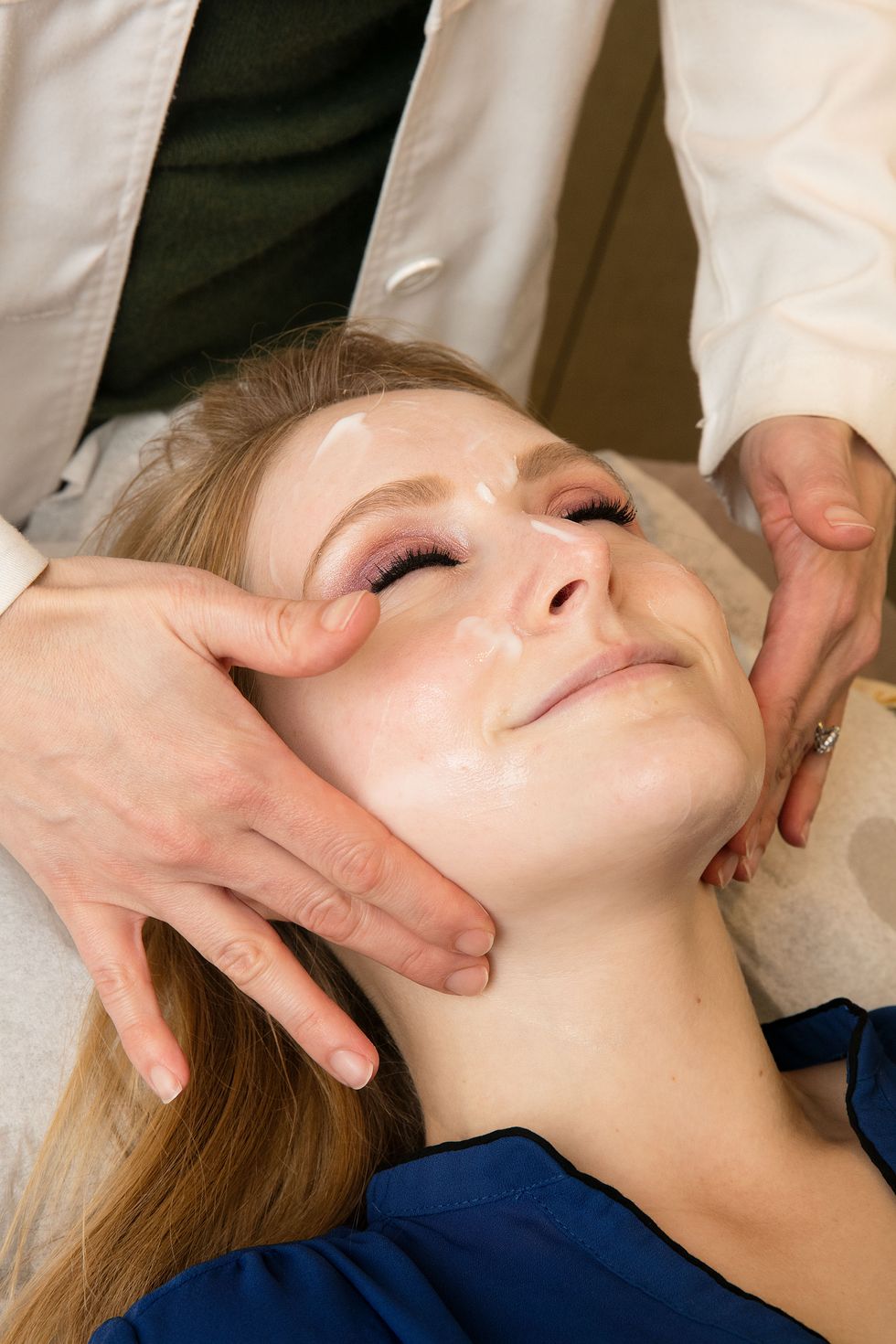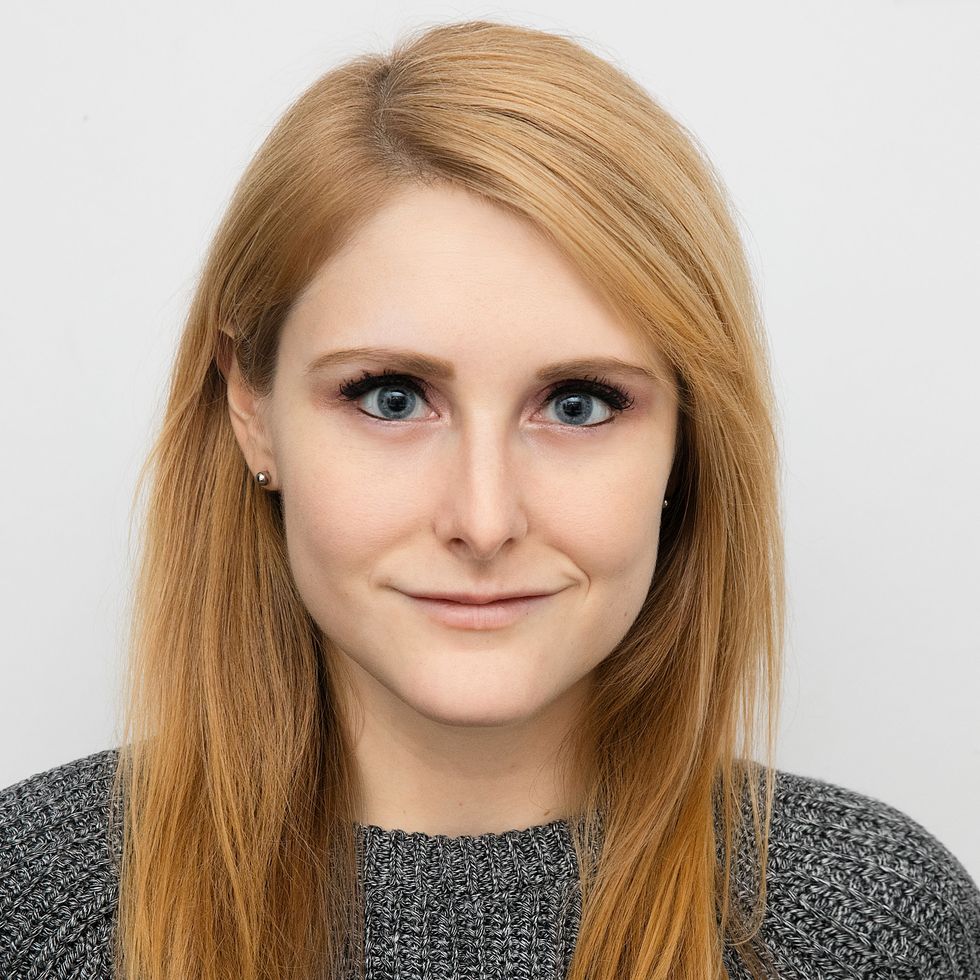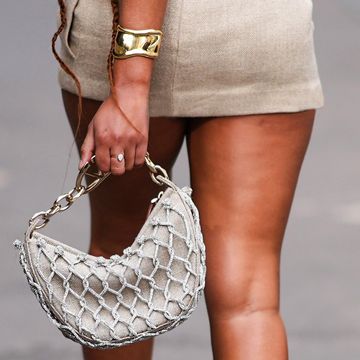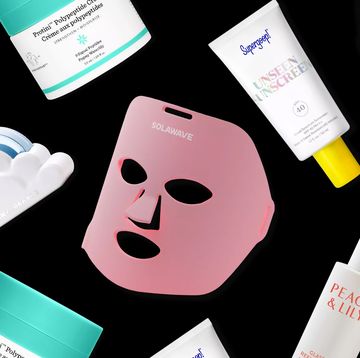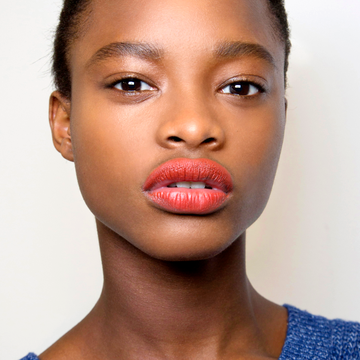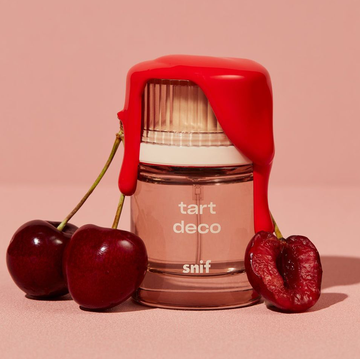I've had rosacea my whole life, and while it's certainly not severe, it's definitely annoying. Every time my totally bare skin makes an appearance, be it on vacation or a beach day, I'll inevitably hear, "Wow, looks like you got some color outside today!"
I'd love to stop defending my skin care routine all the time — yes, I promise I wear sunscreen — but even more importantly, I'd love to wear less makeup.
I need to apply a decently thick layer of foundation (I use Estée Lauder Double Wear, which is exceptional) every day to conceal my redness, plus a layer of powder on top to set everything so it doesn't budge. If having an inflammatory skin disease wasn't enough, my naturally sensitive skin is also prone to acne, so heaping tons of concealer on every day triggered a vicious cycle of breaking out and covering up. After years of this routine, I wanted out.
After trying every variation of green-tinted color corrector, I decided to look for more permanent options. Frenzied Googling of "help fix red face skin rosacea please" led me to broadband light treatments — also called a photofacial — which corrects brown spots and sun damage, as well as stimulating collagen production, eliminating broken capillaries, and reducing facial redness.
Here's how the treatment works: Photofacials use intense pulsed light (IPL) to minimize redness and hyperpigmentation on a targeted area. That light shoots out of a handheld device which is connected to a larger machine. Various filters on the machine's control pad help adjust the wavelength of the light, so you'd use a different filter to fix brown spots than you would redness. The controls also allow the doctor to determine how much light is needed for the spot they're correcting. The procedure delivers quick, hot pulses of light, which even out your skin tone by breaking up the uneven patches of melanin. The body then reads them as foreign and absorbs them, resulting in a more even skin tone. Magic! (Well, not completely, because you typically need at least three sessions, scheduled two to four weeks apart, to see results, but in the end your discoloration disappears, so it's still pretty magical.)
It seemed legit, so I decided to call up Dr. Dara Liotta, a board-certified facial plastic and reconstructive surgeon and Chief Medical Director at City Aesthetics in Manhattan. She also happens to be the only person I trust with my face, since she once bravely gave me live lip injections in front of a quarter of a million Facebook viewers.
At a consult with Dr. Liotta, she explained that I was a great candidate for broadband light, and we decided to move forward and book my first session.
When I arrived at the office a few days later, I sat down and removed all my makeup — I was wearing a lot more than I'd like to admit. I put on protective eye goggles (so glam!) and Dr. Liotta's technicians smeared ultrasound jelly across my face. This, I later discovered, is to help distribute the heat and light energy evenly so it’s uniformly delivered to the skin. I felt like a science experiment in a petri dish, but kept picturing myself with perfect skin in order to keep calm.
Then came the zapping. Dr. Liotta told me that the IPL would feel like a hot rubber band snapping against my skin. And while I'm the one who gets paid to write words for a living and she gets paid to fix faces, I couldn't have described it any better myself. I knew exactly what she meant as soon as she started moving the device around my face and the pulsating light show began. You flinch a little with each zap, but if you're someone whose pain threshold can tolerate a bikini wax, you can do this. She continued to zap each of my problem areas, swapping out the unit's head for a smaller one to get to harder-to-reach places when necessary.
The session lasted about fifteen minutes from start to finish (a typical time frame, she told me). She also mentioned that I'd look a bit more red immediately following the treatment, but the upside is that there's literally no down-time for this procedure. I could reapply my makeup and return to work or whatever with no one the wiser. I signed up to repeat this exact process three times, with sessions spaced three weeks apart.
After each treatment, I gradually saw my redness fading away, and by my third visit, I was definitely wearing less makeup. Dr. Liotta says this is fairly common among her patients. “It’s the kind of thing where people come back for their third treatment and I say, ‘Ok, let’s take off your makeup,’ and they say ‘Oh I’m not wearing any makeup!’” she explained. I want to go to there, I thought.
Even luckier, there's also a plethora of other benefits photofacials have to offer besides minimizing rosacea. For example: They can help reduce acne because the heat of the laser's light kills the bacteria on your skin. They can even remove body hair by "burning" off the follicles. And perhaps most intriguingly, a photofacial can actually increase collagen production to give your skin a more youthful appearance. Essentially the light pulses cause "injure" your skin, so your body responds by producing collagen to heal it. Sounds terrifying, but beauty is a little pain, right?
Interested in trying out a photofacial for yourself? The good news is that most people are great candidates. Dr. Liotta told me that she often sees brides opting for this treatment before their weddings, since the results are reliable and predictable. Another time she sees appointments spike? Before fashion week. Shocker!
So, who isn't a candidate? You shouldn't get broadband light or IPL procedures if you notice a pigmented lesion on your skin, or a mark that's changing color or size, as this could be a sign of skin cancer, Dr. Liotta explained to me. Otherwise, do your research thoroughly before selecting an expert to administer the treatment — laws about who can work with IPL vary from state to state. You can schedule a consultation to further talk about your compatibility with the laser.
Because of the variation in experts who are licensed for these treatments, you'll also notice that prices can vary widely. While a facial plastic surgeon might charge $1,600 for a package of three sessions, you can search around on deal sites like Groupon and find packages as low as $300 for three appointments. Dr. Liotta cautions that you often get what you pay for though in these scenarios. Is it really a bargain if you burn your skin? Not so much.
As for me and my results? It's been a few weeks since my final session and I'm actually thrilled. I no longer look sunburned when I'm not wearing foundation, and my skin looks clearer than ever. Do I still flush pink after running a few miles at the gym? Sure. Broadband light or IPL are not cures for rosacea, and you'll need to come back for a touch-up once a year. But the treatments definitely gave me a noticeable improvement and a serious dose of confidence in my complexion — especially when I'm out and about foundation-free.
Follow Ali on Twitter.

